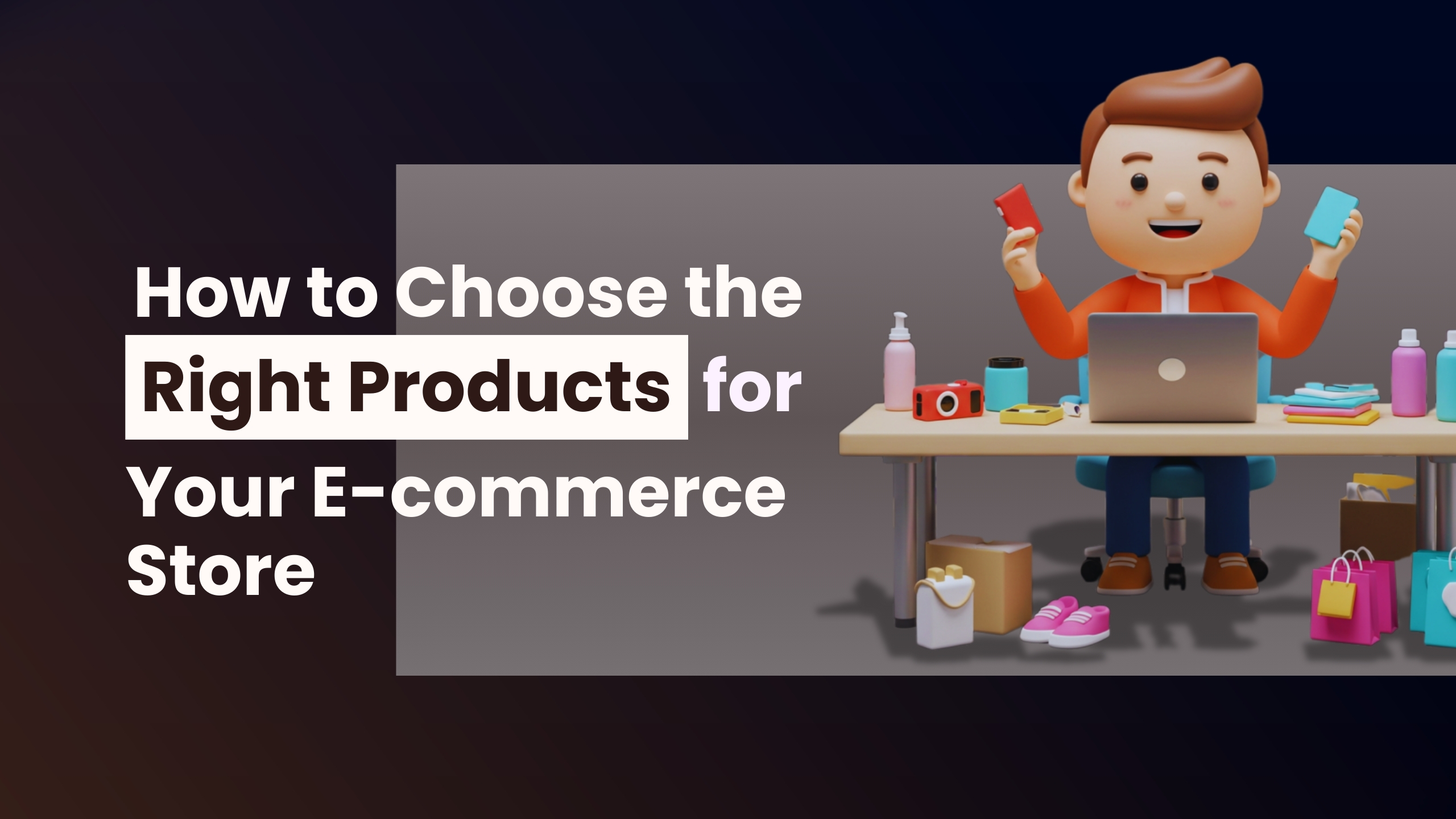How to Choose the Right Products for Your E-commerce Store
Selecting the right products to sell is one of the most critical steps in building a successful e-commerce business. Your product choices can influence your store’s profitability, brand identity, and customer satisfaction. Here are practical tips to help you identify and curate products that align with your niche and audience.
- Understand Your Target Audience
Why it Matters: Knowing your audience’s preferences, needs, and pain points ensures you offer products they truly want.
How to Do It:
- Conduct surveys, polls, or interviews to gather insights.
- Use analytics tools to study customer behavior and demographics.
- Analyze competitors to identify trends and gaps in their offerings.
Tip: Create customer personas to visualize and understand your ideal buyers.
- Choose a Profitable Niche
Why it Matters: A well-defined niche helps you stand out in a crowded market and attract loyal customers.
How to Do It:
- Identify niches with high demand and low competition.
- Use tools like Google Trends, Jungle Scout, or SEMrush to evaluate market potential.
- Consider niches that align with your interests and expertise for better commitment.
Tip: Focus on evergreen niches to ensure steady demand over time.
- Evaluate Product Trends
Why it Matters: Staying updated on trends helps you offer products that are in demand.
How to Do It:
- Monitor platforms like Pinterest, Instagram, and TikTok for trending products.
- Follow industry blogs and forums to spot emerging trends.
- Use online marketplaces like Amazon or Etsy to observe best-sellers.
Tip: Balance trendy items with timeless products to maintain long-term relevance.
- Assess Product Viability
Why it Matters: Not every product is suitable for e-commerce, even if it’s popular.
How to Do It:
- Evaluate shipping costs, storage requirements, and potential profit margins.
- Avoid products with high return rates or fragile items prone to damage.
- Test small quantities before committing to large inventory orders.
Tip: Opt for lightweight, durable, and easy-to-ship products to reduce logistics hassles.
- Leverage Customer Feedback
Why it Matters: Feedback helps you refine your product offerings and meet customer expectations.
How to Do It:
- Use reviews and ratings from similar products to gauge customer satisfaction.
- Encourage existing customers to provide honest feedback about your products.
- Analyze the reasons behind positive and negative reviews.
Tip: Incorporate feedback to improve product descriptions, quality, or selection.
- Build Supplier Relationships
Why it Matters: Reliable suppliers ensure consistent quality and timely delivery.
How to Do It:
- Research and vet suppliers before partnering with them.
- Communicate your quality expectations and delivery timelines clearly.
- Diversify suppliers to avoid disruptions in your supply chain.
Tip: Use platforms like Alibaba or Faire to connect with reputable suppliers.
- Test Before You Commit
Why it Matters: Testing minimizes risks and ensures you invest in the right products.
How to Do It:
- Launch a pre-order campaign to gauge demand.
- Run A/B tests on different products to determine which resonates best with your audience.
- Use dropshipping to test products without upfront inventory costs.
Tip: Track sales performance and adjust your offerings based on customer response.
Final Thoughts
Choosing the right products requires a mix of market research, audience understanding, and strategic testing. By following these tips, you’ll curate a product lineup that aligns with your niche, meets customer expectations, and drives your e-commerce success.
Remember: A strong product selection is the foundation of a thriving e-commerce store. Invest time and effort into this step to ensure your store’s long-term growth and profitability.

